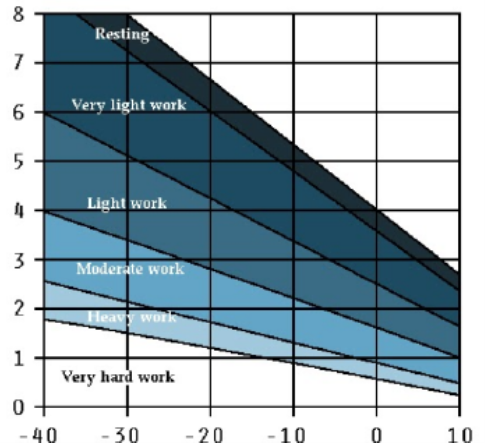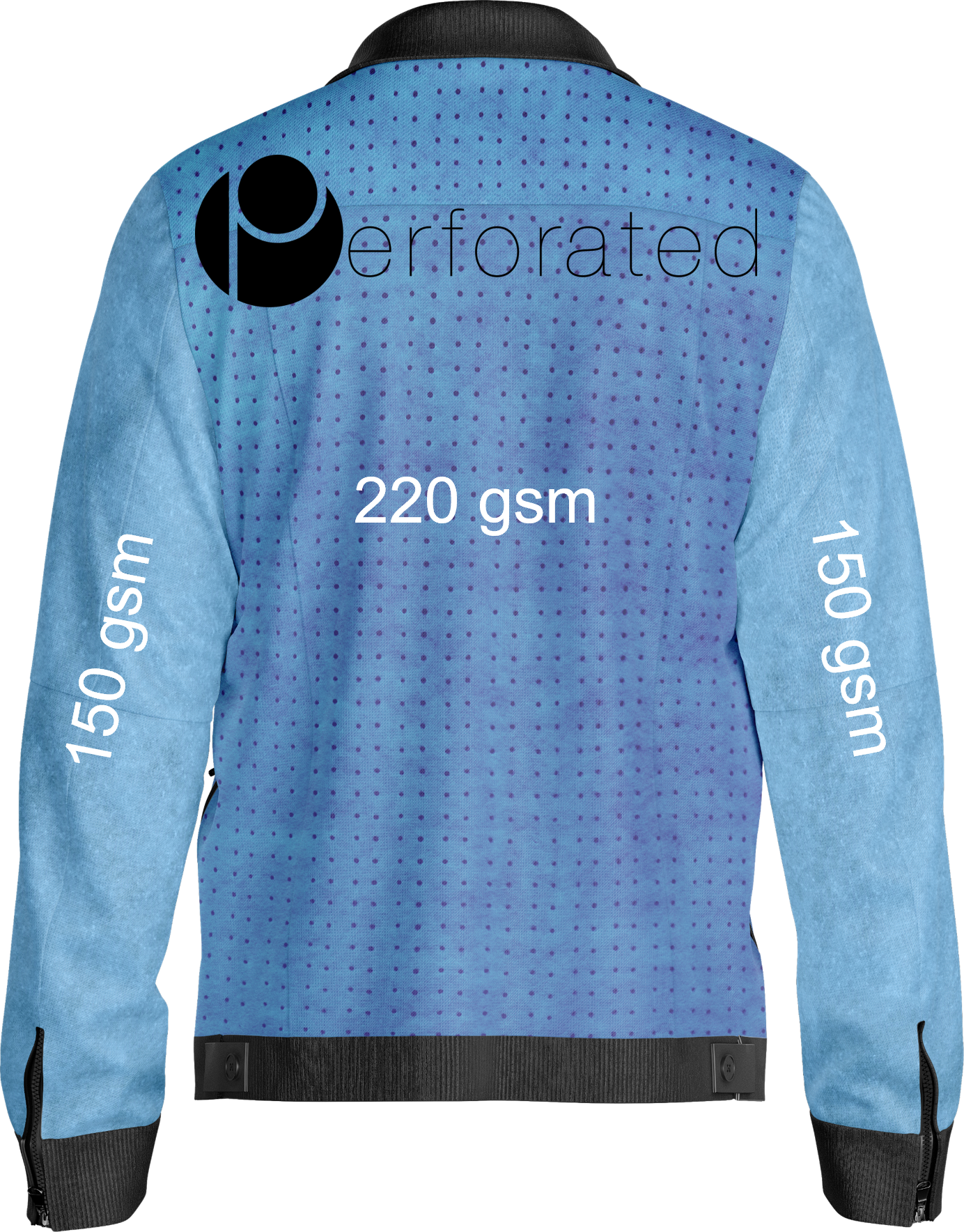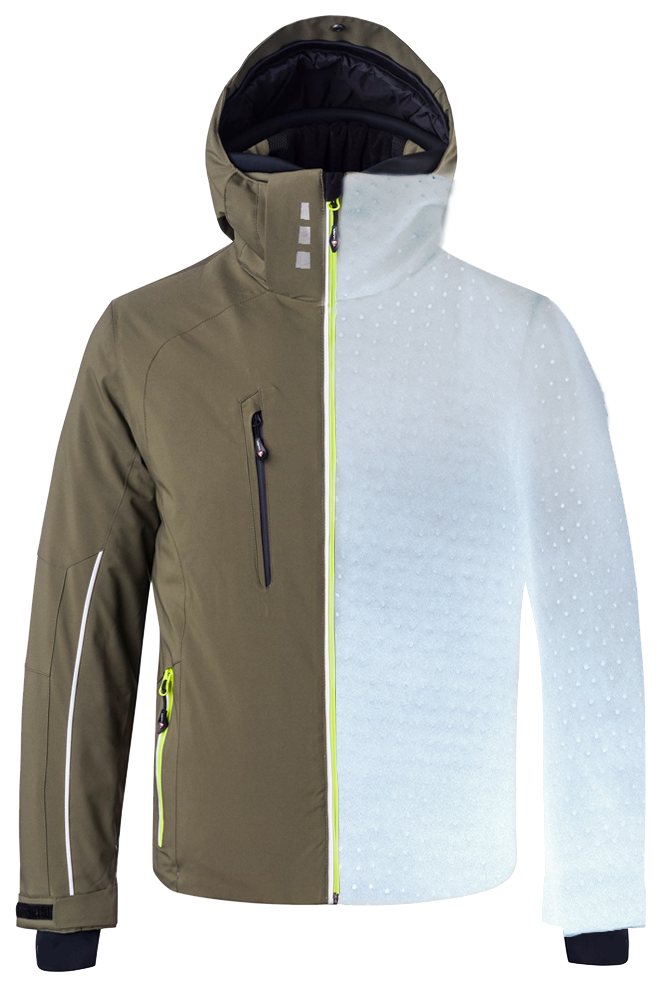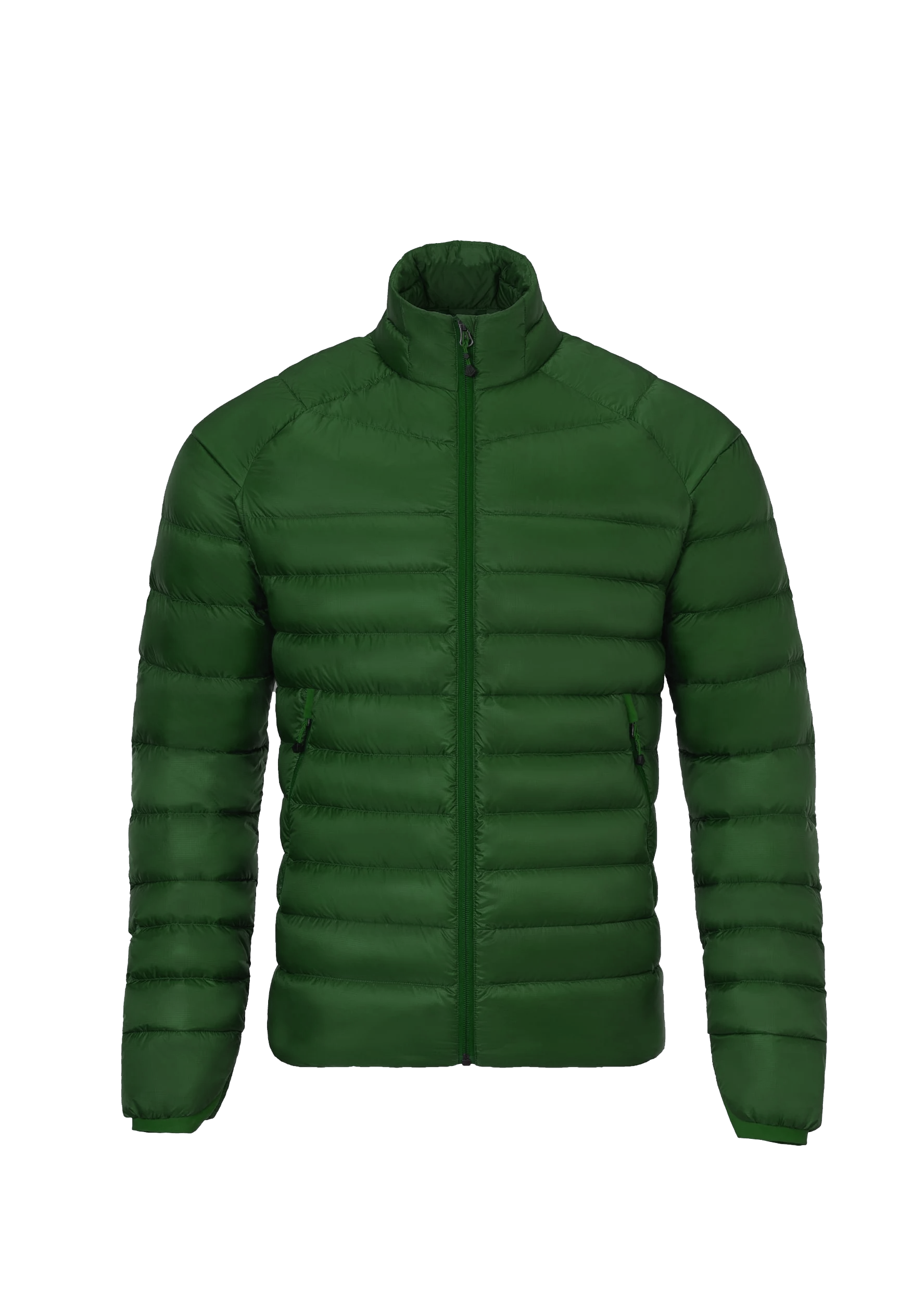WHAT IS BREATHABILITY ?
We talk about the breathability of fabric, but what does it mean and why is it so important when designing apparel? In short, our experts define it as the ability of a fabric to absorb and release moisture. Therefore, the more breathable a fabric is, the greater water permeability it will have.

In the fashion industry, breathability is a relatively new concept. Previously, we tended to focus on waterproofing to ensure no water vapor could enter the outerwear garment. However, the negative effect of this was that sweat couldn’t escape either, making the garment uncomfortable for the wearer when active. We’ve all had that feeling - it’s a cold day, so you dress warmly - then within half an hour outside you’re sweating and need to remove layers. Fast forward to today, and if your mask doesn’t have a breathable fabric and filtration combination, it quickly gets very sweaty in there. The breathability of a textile is currently determined by three tests - Upright Cup (BS 7209), Inverted Cup (JIS L 1099) and Evaporative Resistance (ISO 11092, ASTM F 1868). You can find more information about these testing methods here. However, when using a combination of fabrics, you may find that bespoke testing is required to conclude the overall performance of that garment. This can provide key data on warmth, breathability, air permeability and so on.

That said, a balance of warmth, wind-proofing and breathability is essential for the ultimate performance apparel. The use of outer fabrics such as PERTEX Equilibrium, in addition to breathable insulation, lightweight linings and wicking fabrics, is a good starting combination for breathable outerwear. Alternatively, using advanced hydrophilic or microporous membranes, or a hydrophilic coating, is another fabric option. We like to use GORE-TEX as it’s wafer-thin PTFE technology allows for both waterproofing and breathability. Psst, choosing a stretch combination will enable greater circulation of air and water for increased comfort.

As well as creating a breathable insulation fabric combination, there are other ways to improve the breathability performance of your outdoor apparel. Pit zips are located under the armpits of a jacket, allowing excess moisture and heat to be released without affecting other areas of the body. Another option is a mesh area. This type of fabric is loosely woven to allow air to pass through the perforations and therefore increase air ventilation. Toggled hems also allow heat to escape as desired.
WHAT IS BREATHABILITY ?
We talk about the breathability of fabric, but what does it mean and why is it so important when designing apparel? In short, our experts define it as the ability of a fabric to absorb and release moisture. Therefore, the more breathable a fabric is, the greater water permeability it will have.

In the fashion industry, breathability is a relatively new concept. Previously, we tended to focus on waterproofing to ensure no water vapor could enter the outerwear garment. However, the negative effect of this was that sweat couldn’t escape either, making the garment uncomfortable for the wearer when active. We’ve all had that feeling - it’s a cold day, so you dress warmly - then within half an hour outside you’re sweating and need to remove layers. Fast forward to today, and if your mask doesn’t have a breathable fabric and filtration combination, it quickly gets very sweaty in there. The breathability of a textile is currently determined by three tests - Upright Cup (BS 7209), Inverted Cup (JIS L 1099) and Evaporative Resistance (ISO 11092, ASTM F 1868). You can find more information about these testing methods here. However, when using a combination of fabrics, you may find that bespoke testing is required to conclude the overall performance of that garment. This can provide key data on warmth, breathability, air permeability and so on.

That said, a balance of warmth, wind-proofing and breathability is essential for the ultimate performance apparel. The use of outer fabrics such as PERTEX Equilibrium, in addition to breathable insulation, lightweight linings and wicking fabrics, is a good starting combination for breathable outerwear. Alternatively, using advanced hydrophilic or microporous membranes, or a hydrophilic coating, is another fabric option. We like to use GORE-TEX as it’s wafer-thin PTFE technology allows for both waterproofing and breathability. Psst, choosing a stretch combination will enable greater circulation of air and water for increased comfort.

As well as creating a breathable insulation fabric combination, there are other ways to improve the breathability performance of your outdoor apparel. Pit zips are located under the armpits of a jacket, allowing excess moisture and heat to be released without affecting other areas of the body. Another option is a mesh area. This type of fabric is loosely woven to allow air to pass through the perforations and therefore increase air ventilation. Toggled hems also allow heat to escape as desired.










